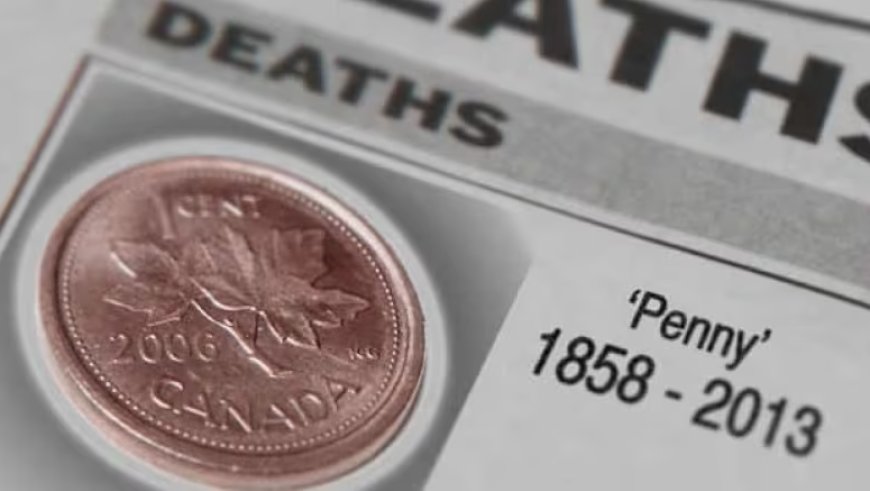The Persevering through Tradition of the Canadian Penny
The Canadian penny, when a staple of ordinary exchanges, holds a critical spot in Canada's set of experiences. In spite of the fact that it was ended in 2013, the penny stays an image of the nation's financial and social legacy.

A Short History of the Canadian Penny
Presented in 1858, the Canadian penny was printed for more than 150 years. Its plan advanced after some time, including the resemblances of English rulers and, most broadly, the maple leaf. The penny was a fundamental piece of Canadian cash, working with incalculable little exchanges.
The Choice to Stop
The choice to stop the Canadian penny was made essentially for monetary reasons. By 2012, it cost 1.6 pennies to deliver every penny, far surpassing its assumed worth. This shortcoming drove the public authority to gradually transition away from the coin, with the last penny stamped on May 4, 2012.
Influence on Regular Exchanges
With the expulsion of the Canadian penny, cash exchanges were adjusted to the closest five pennies. This change smoothed out exchanges and decreased the weight on organizations and shoppers the same. Electronic exchanges, notwithstanding, kept on being handled to the specific penny.
Gathering Canadian Pennies
For gatherers, the Canadian penny stays a significant thing. Uncommon versions, for example, those stamped in 1936 with a dab under the date, can bring exorbitant costs. Gathering pennies offers a brief look into Canada's past, exhibiting the country's numismatic history.
Social Reputation
Past its financial worth, the Canadian penny holds social importance. It showed up in figures of speech, platitudes, and even writing, representing frugality and regular daily existence. Despite its end, the penny stays implanted in the Canadian awareness.
Current Other options
Without a trace of the Canadian penny, other types of cash have become more unmistakable. Advanced installments, Mastercards, and contactless exchanges have come first. These advanced techniques offer comfort and proficiency, lining up with the necessities of the present society.
Conclusion
The Canadian penny may as of now not be available for use, however its inheritance perseveres. From its verifiable importance to its social effect, the penny stays a loved piece of Canada's personality. For gatherers and aficionados, it keeps on holding worth and interest. As Canada pushes ahead with current monetary practices, the penny's heritage helps us to remember the country's rich financial history.
While the period of the Canadian penny has finished, its story will be associated with ages to come.












